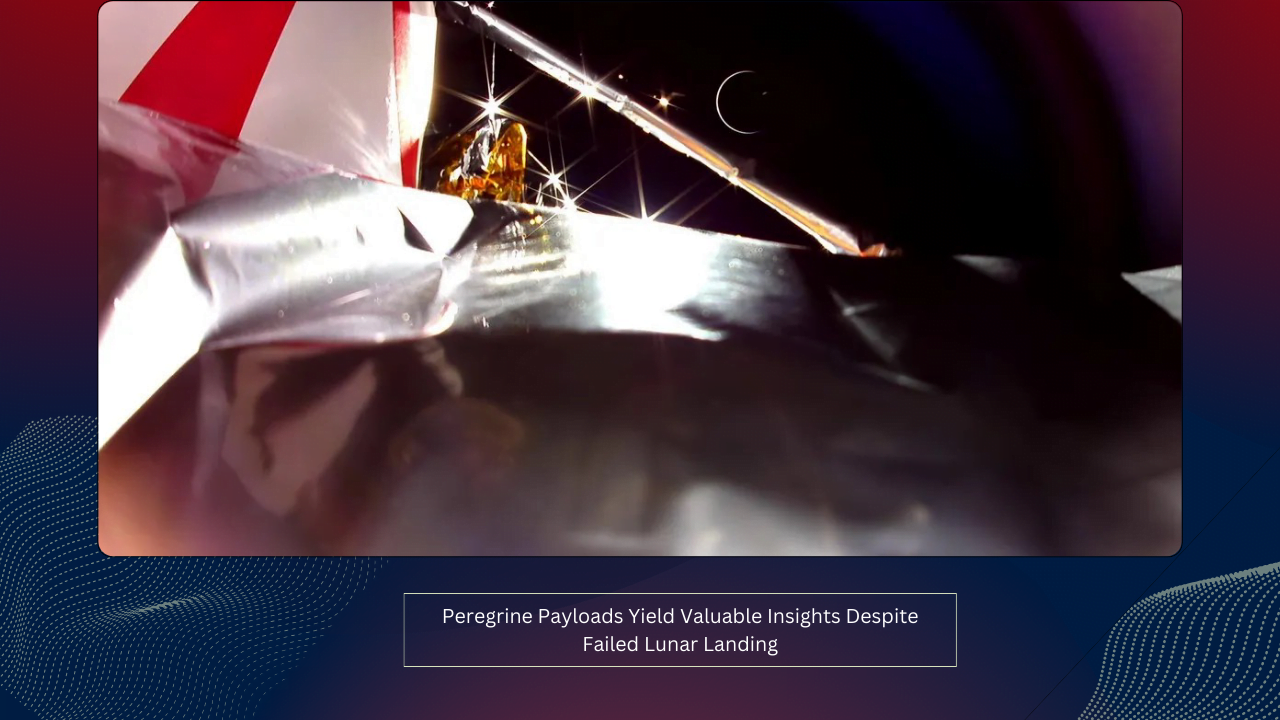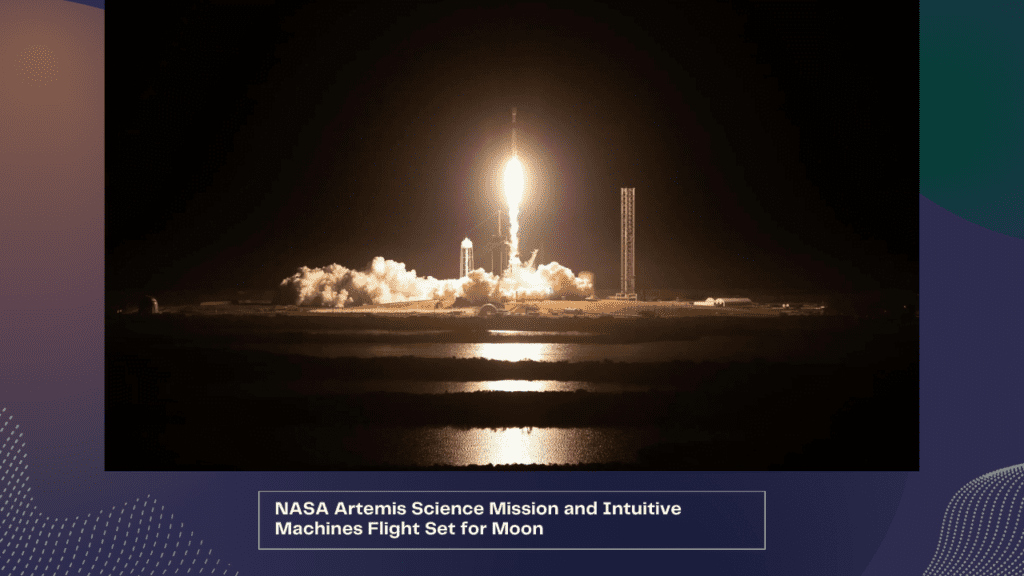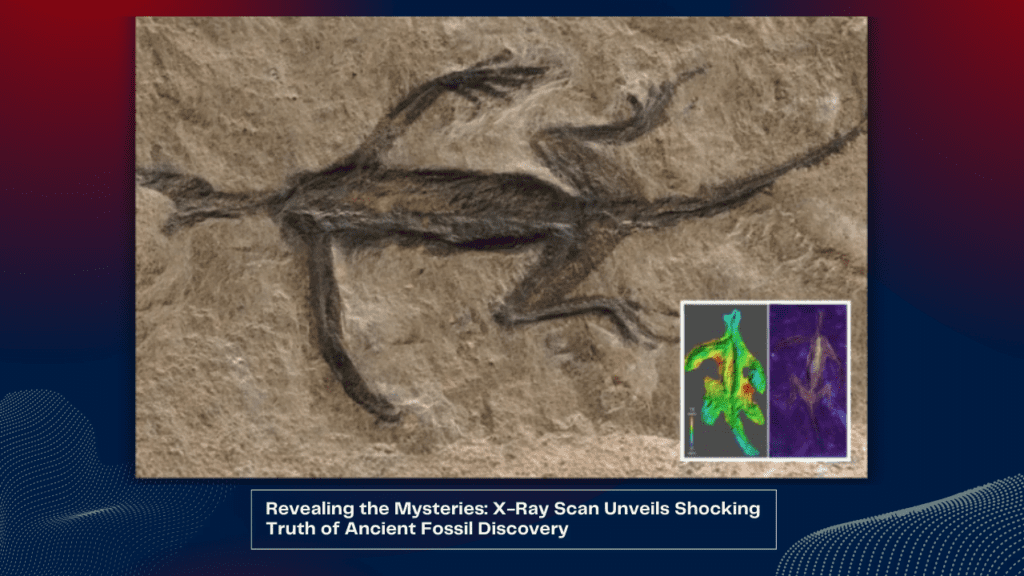
Peregrine Payloads Yield Valuable Insights Despite Failed Lunar Landing
Despite falling short of its lunar landing goal, the Peregrine lunar lander mission orchestrated by Astrobotic delivered valuable data for NASA and other stakeholders. Despite a propellant leak preventing a lunar touchdown, payloads onboard Peregrine were able to gather essential information during the mission.
The Peregrine mission, which commenced with the launch of United Launch Alliance’s Vulcan Centaur on January 8, encountered a setback when a propellant leak occurred shortly after liftoff, dashing hopes of a successful lunar landing. However, the spacecraft managed to reenter the atmosphere a week and a half later, salvaging crucial data from the flight.
While the mission deviated from its intended trajectory, many of the payloads onboard were still operational and able to conduct tests in space. Dan Hendrickson, Astrobotic’s vice president, emphasized the adaptability of the mission plan, which allowed payloads to gather valuable insights despite the unforeseen circumstances.
One such payload, the Linear Energy Transfer Spectrometer (LETS) instrument, successfully collected data on the cislunar radiation environment, providing valuable scientific data despite not reaching the lunar surface as originally planned. Similarly, NASA’s Peregrine Ion-Trap Mass Spectrometer (PITMS) detected traces of nitric oxide and nitrogen dioxide, shedding light on the leak’s impact.
Even non-NASA payloads, like the Iris lunar rover developed by Carnegie Mellon University students, capitalized on the mission’s altered trajectory. The rover, repurposed as a ‘RoverSat,’ underwent rigorous testing of its subsystems, confirming its operational readiness.
Astrobotic is currently conducting a thorough review of the Peregrine mission to identify the root cause of the propellant leak and assess any necessary modifications for future missions, including the Griffin lander slated to launch NASA’s Volatiles Investigating Polar Exploration Rover (VIPER) mission.
NASA, closely monitoring the investigation, will incorporate findings into its future mission planning. Joel Kearns, deputy associate administrator for exploration at NASA’s Science Mission Directorate, highlighted the agency’s commitment to addressing the challenges posed by the Peregrine incident and ensuring the success of upcoming missions.
In conclusion, despite encountering setbacks, the Peregrine mission has yielded valuable insights and paved the way for enhanced mission planning and execution in the future. By leveraging the lessons learned from this experience, stakeholders can optimize mission outcomes and advance lunar exploration endeavors effectively.

